The Prix Pictet is a prize for art with an argument. The Swiss private bank, Pictet & Cie, offers 100,000 Swiss francs (a substantial £67,000) for photography that the jury assesses as exploring most powerfully a social or environmental issue, within the overarching theme of sustainability. (A further aspect of the prize is the Prix Pictet Commission, where the bank invites a nominated photographer to undertake a field trip to a region where Pictet is supporting a sustainability project.)
The prize was launched in 2008, with the theme ‘Water’. The fifth cycle, on the theme of ‘Consumption’, reached its culmination in the grand surroundings of the Victoria & Albert Museum last Wednesday. Veteran German photographer Michael Schmidt won the prize, for his epic series of images entitled Lebensmittel, or foodstuffs. The announcement was made only days before he died at the age of 68. The exhibition has become, inadvertently, a memorial to his distinctive approach and sensibility.
Schmidt’s wall of stark images – each a lucid detail reflecting one of the many different aspects of Europe’s globalised industrial food processes, from a bright green apple to a black and white view of a slaughterhouse – combines formal assurance with a teasing elusiveness of tone. Is he angry? Are we to be entranced by the rhymes and echoes within the sequence of images or led to despair by the chilling picture they evoke of our highly mechanised food industry? Whatever the ambiguity, it is clear that these photographs, harvested over five years between 2006 and 2010, a gathering storm of minute particulars, generate accumulatively a powerful shock of recognition. Overall his work has an analytical rigour and austere beauty that makes him a worthy winner. His winning reflects well on the prize itself.
Indeed, the Prix Pictet has become a prize of some pulling power. The honorary president is Kofi Annan, former Secretary-General of the United Nations. The jury this year (chaired by Professor Sir David King, the newly appointed Foreign Secretary’s Special Representative for Climate Change) included Fumio Nanjo, Director of the Mori Art Museum, Tokyo; Elisabeth Sussman, Sondra Gilman Curator of Photography, Whitney Museum of American Art, USA; and the revered Wang Shu, 2012 Pritzker Architecture Prize winner, a strong champion of sustainable architecture and building.
The shortlists are consistently strong and surprising, even if there is sometimes a slight sense of strain – while I greatly admire the photographer Rineke Dijkstra, I am not sure how her series of portraits over 14 years of the Bosnian girl Almerisa fits the theme of ‘Consumption’. The organisers have given themselves the freedom to choose the very best photography by the world’s very best photographers by placing no restrictions on genre or nationality. Whether the photographers work as fine artists (like American photographer Laurie Simmons with her Love Doll, or Beijing-based Hong Hao, with his My Things) or with a more documentary focus (like Japanese photographer Motoyuki Daifu, with his closely observed family chaos, or American Adam Bartos with his series of yard sale images) all are equally eligible. What is required is a body of work (a project, a series) rather than a single image.
Until this year the idea had been to honour living photographers. But on this occasion an exception has been made with the inclusion of an 11th contender, the renowned American photographer Allan Sekula who died in 2013 aged just 62. He is represented by his magisterial project, Fish Story, an exhaustive, politically driven but poetically resonant project to document the world of sea transportation. Created over five years in New York, Rotterdam, Los Angeles, Hong Kong and Seoul, a picture is built of global exchange – of goods, money, knowledge and power – through its impact on the seamen, the ship yard workers, the warehousemen and women who facilitate it. This is a story told through metal containers, lowering clouds and the birds wheeling in the sky, with text a vital contribution.
I loved many of these photographs: I have not mentioned yet Mishka Henner’s stunning eerie images of oil fields and cattle feeders in America, nor Abraham Oghobase’s witty observations of the informal economy at work on a wall in Lagos. Then there is Boris Mikhailov’s painstakingly attentive series, Tea Coffee Cappuccino, and Juan Fernando Herrán’s humane documentation of the footpaths and structures that mark Colombia’s growing suburbs. The Prix Pictet and the V&A are to be congratulated for giving these photographers such an honourable platform, and for rewarding work that addresses difficult questions. But then, in the end, it is they who are honoured.
The Prix Pictet exhibition will run from 22 May–14 June at the Victoria and Albert Museum, London.
Related Articles
German photographer Michael Schmidt has died
‘Consumption’: The Fifth Prix Pictet Shortlist
Unlimited access from just $16 every 3 months
Subscribe to get unlimited and exclusive access to the top art stories, interviews and exhibition reviews.

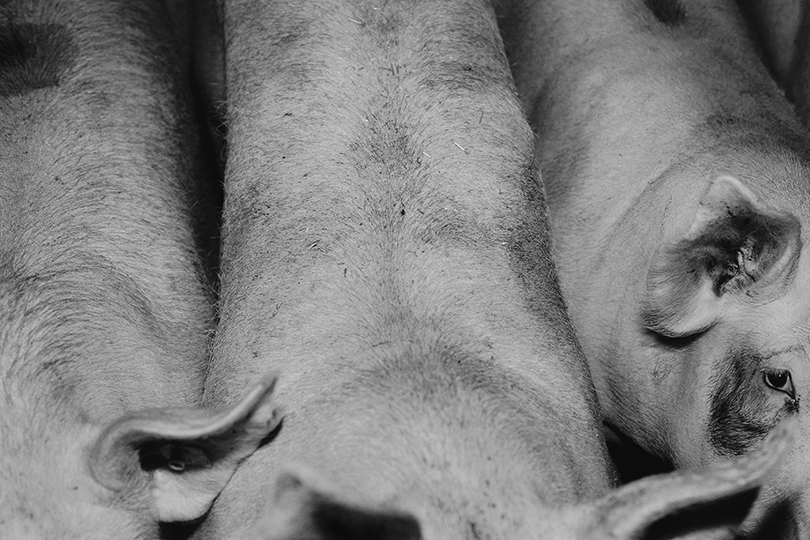
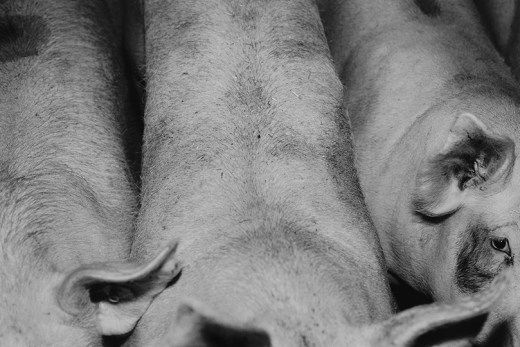
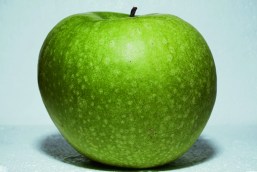
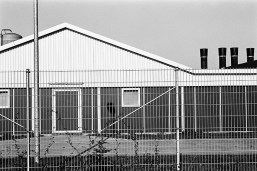
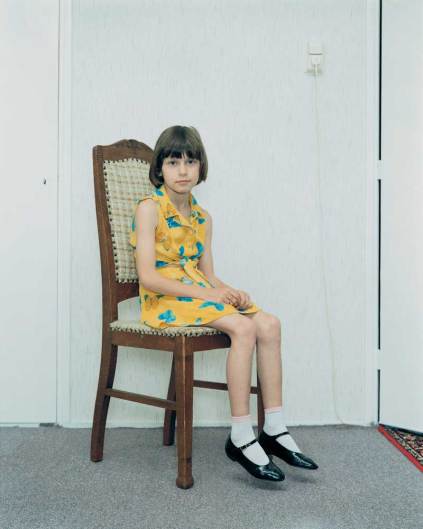
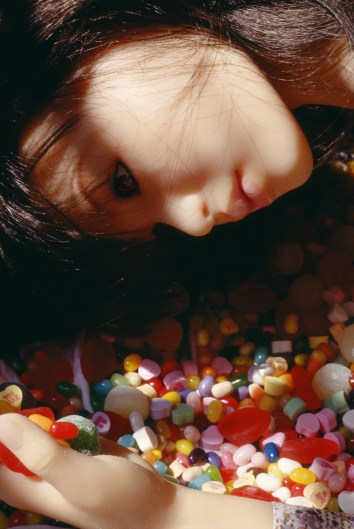
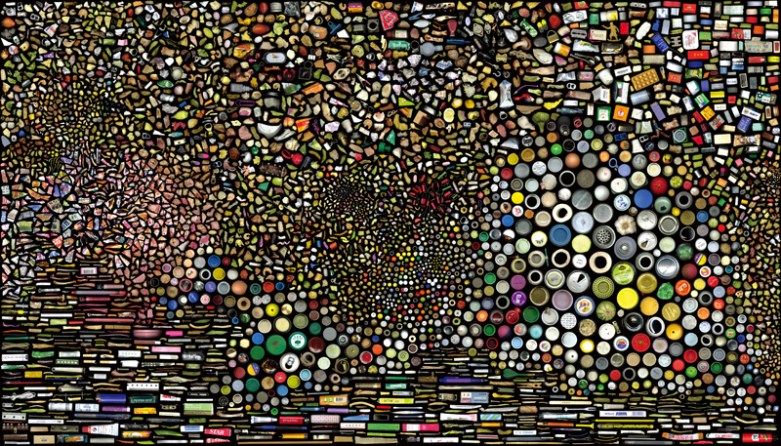
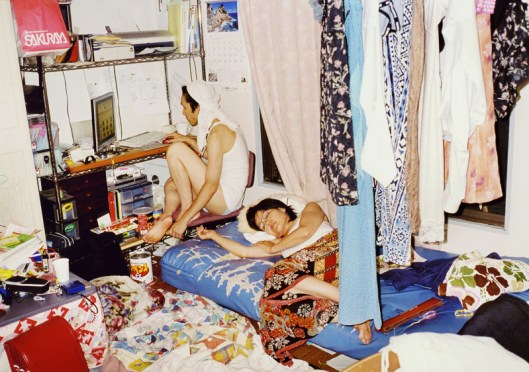
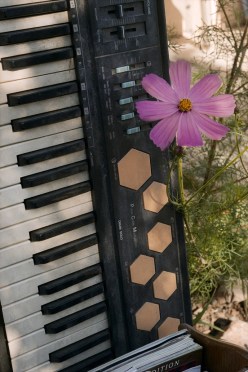

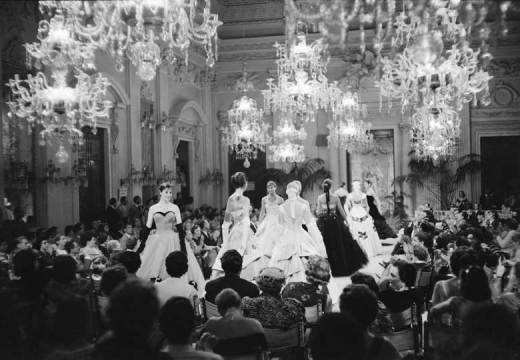
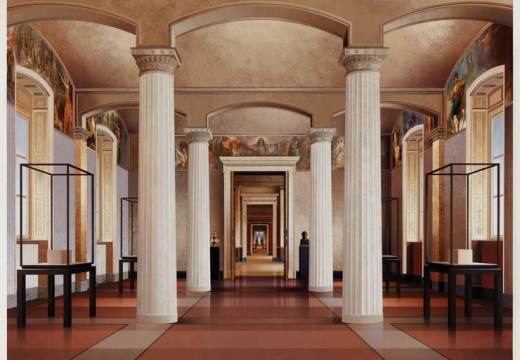
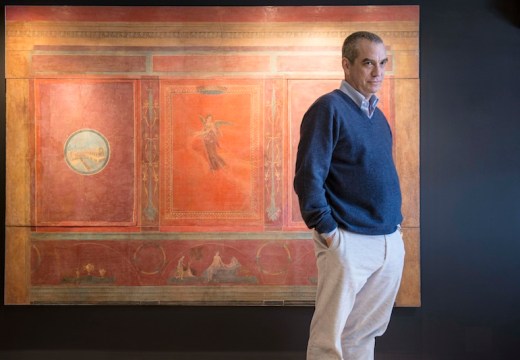









![Masterpiece [Re]discovery 2022. Photo: Ben Fisher Photography, courtesy of Masterpiece London](http://www.apollo-magazine.com/wp-content/uploads/2022/07/MPL2022_4263.jpg)
Has the Fitzwilliam lost the hang of things?